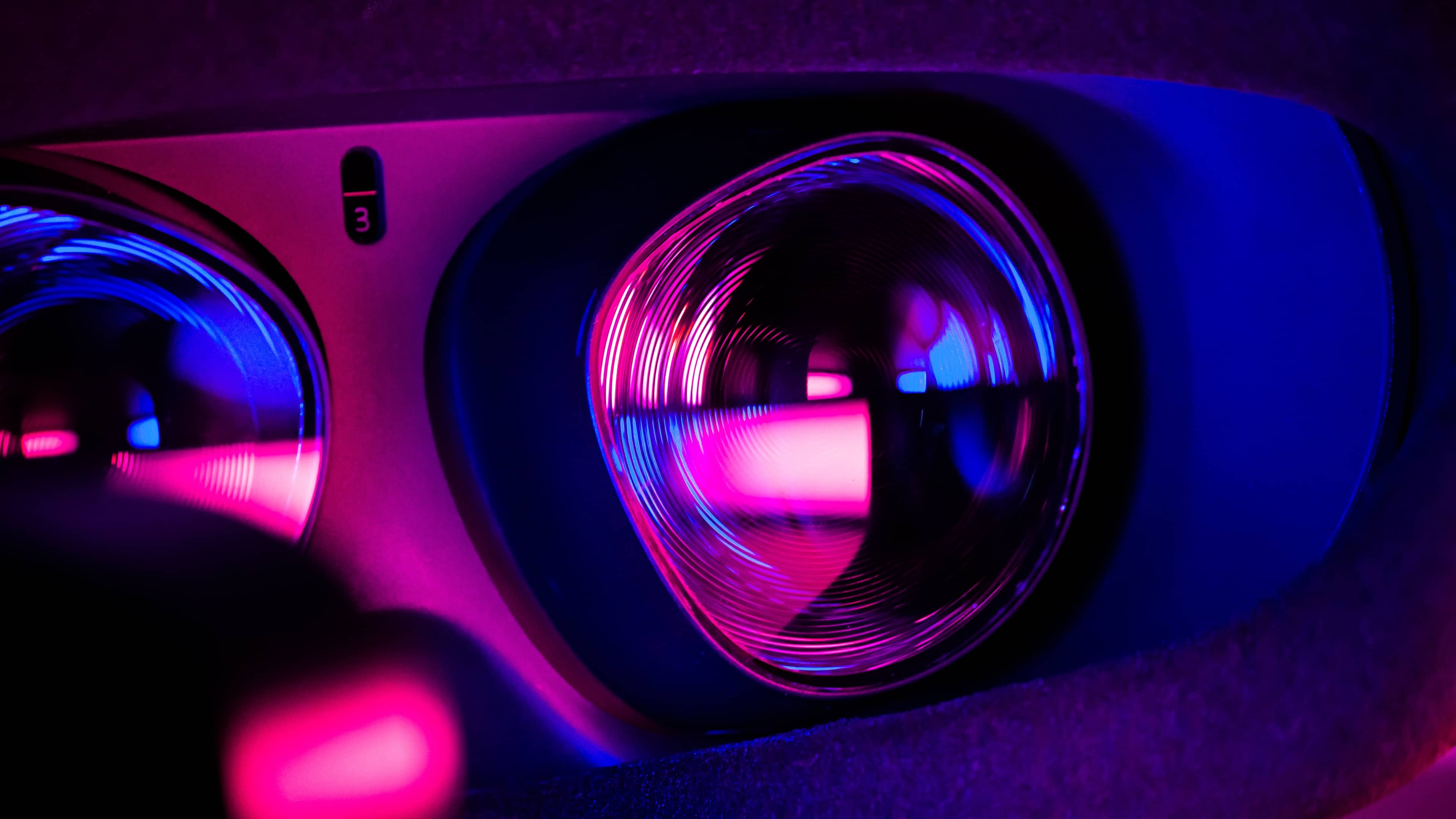Apple’s AR/VR headset could debut with an air typing feature, but it’s currently “finicky” so a connected iPhone could still be required for text entry.

- What’s happening? One of the key navigation features of Apple’s Reality Pro headset, in-air typing, has reportedly proved “finicky” in testing.
- Why care? The rumored headset won’t require an iPhone for its functionality, but you may need to use one for text input until air typing is perfected.
- What to do? Go read the full report on Bloomberg.
Apple headset air typing could disappoint you
In the latest edition of his Power On newsletter on Bloomberg, Mark Gurman has provided additional tidbits about Apple’s rumored extended-reality headset that should combine augmented and virtual reality capabilities in a standalone device.
The device is expected to feature a collection of internal and external cameras for advanced eye and hand tracking. The user would reportedly navigate the device using a series of hand gestures, including the ability to type on a virtual keyboard.
But this supposed in-air typing feature doesn’t seem to be in a good-enough shape, although that apparently won’t stop the company from shipping it initially and fixing any shortcomings in future software updates:
A key feature for text input—in-air typing—is available on the latest internal prototypes, I’m told. But it’s been finicky in testing. So if you get the first headset, you still may want to pair an iPhone to use its touch-screen keyboard. The hope within Apple is to make rapid improvements after the device is released. The company expects its headset to follow the same path as the original Apple Watch in that respect.
This doesn’t sound right to me. Does Apple expect me to take off the headset whenever I need to use my iPhone for text entry?
Imagine if the iPhone debuted with a faulty touch keyboard
The original Apple Watch debuted with a super-confusing interface making it difficult to navigate the device. It was one of the rare slip-ups in that regard, but Apple fixed it by bringing on Adobe’s Kevin Lynch to rethink the Apple Watch software.
Launching a wearable device with a confusing user interface is one thing, but releasing an AR/VR device with flawed text input is entirely another. Imagine if the original iPhone came with a non-functional software keyboard… That could have quickly doomed it because people were not accustomed to typing on a piece of glass before the iPhone came along. Read: How to type accents in macOS
More Apple headset details
Other tidbits from Gurman’s newsletter:
No iPhone required
The headset “likely” won’t need an iPhone for setup or use as the latest test versions of the device and its xrOS operating system “can be set up without an iPhone and can download a user’s content and iCloud data directly from the cloud.”
Easy setup
Like with other Apple devices, there will be a quick setup feature for automatically transferring user data and related settings from a nearby iPhone or iPad.
No remote control
Apple’s headset doesn’t have a remote control. Instead, Gurman writes, it will be operated “by a user’s eyes and hands.”
Reality One and second-generation Reality Pro
Following years of development, Apple’s first AR/VR headset could be ready for a public unveiling at WWDC23 in June and launch around the end of 2023. The inaugural device, dubbed Reality Pro, should be priced around $3,000, but Gurman notes that “there’s already a second-generation version of the Reality Pro underway.”
It’s unclear if it will be cheaper than the first-generation model, but Gurman has learned that it should perform faster because it should be equipped with a version of an upcoming Apple M3 or M4 chip.
“While the first model will have an M2 chip—plus a secondary chip for AR and VR processing—it’s not powerful enough to output graphics at a level Apple would ideally like,” he explains. “For instance, FaceTime will only support realistic VR representations of two people at a time, not everyone in a conference call.”
On top of that, a more affordable Apple headset (Reality One) sporting a lower-end display and iPhone-class chips, could come near the end of 2024 or in 2025. Analyst Ming-Chi Kuo recently reported that a budget-friendly edition of the Apple headset could be offered in higher-end and lower-end versions.